Optimal Timing for Waterproofing Applications
Waterproofing is a crucial process to prevent water intrusion and damage in structures. The timing of waterproofing applications significantly impacts their effectiveness and longevity. Properly scheduled waterproofing can extend the lifespan of building components and reduce maintenance costs.
Spring offers moderate temperatures and less precipitation, making it ideal for waterproofing projects. It allows sufficient curing time before the summer heat and winter cold.
Summer provides warm weather and longer daylight hours, facilitating faster drying and curing of waterproofing materials. However, high temperatures require careful application to prevent defects.
Fall is suitable due to cooler temperatures and lower humidity, which aid in proper curing. It avoids the heavy rains of spring and summer, reducing project delays.
Winter waterproofing is generally discouraged due to freezing temperatures that hinder proper application and curing. Exceptions exist with specialized cold-weather materials.
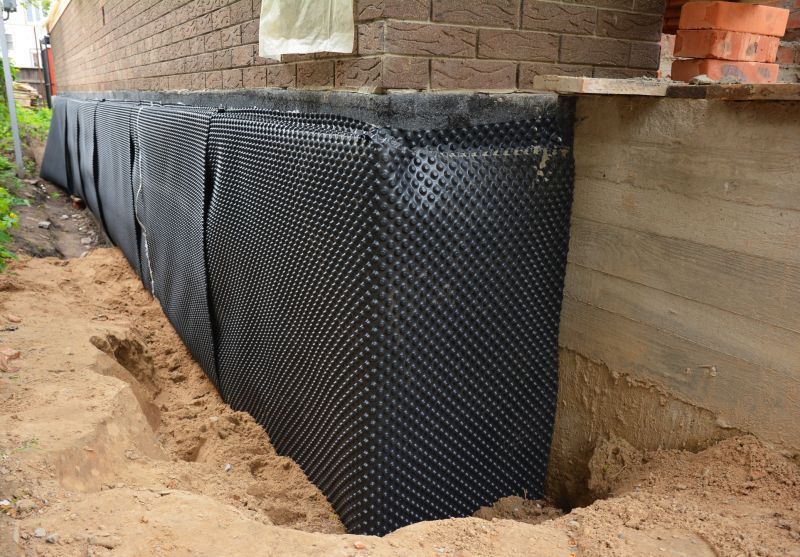
Spring weather conditions support effective waterproofing application.
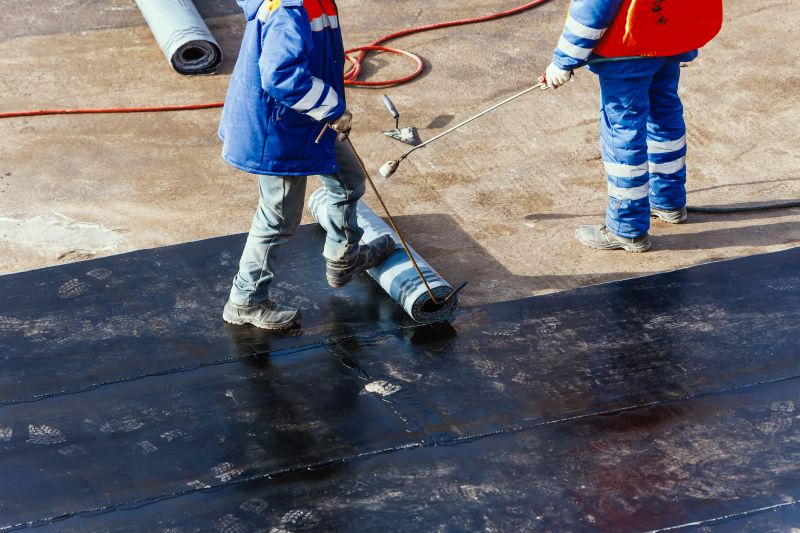
Warm summer days facilitate quick curing of waterproofing layers.

Fall's cooler climate helps achieve optimal waterproofing results.
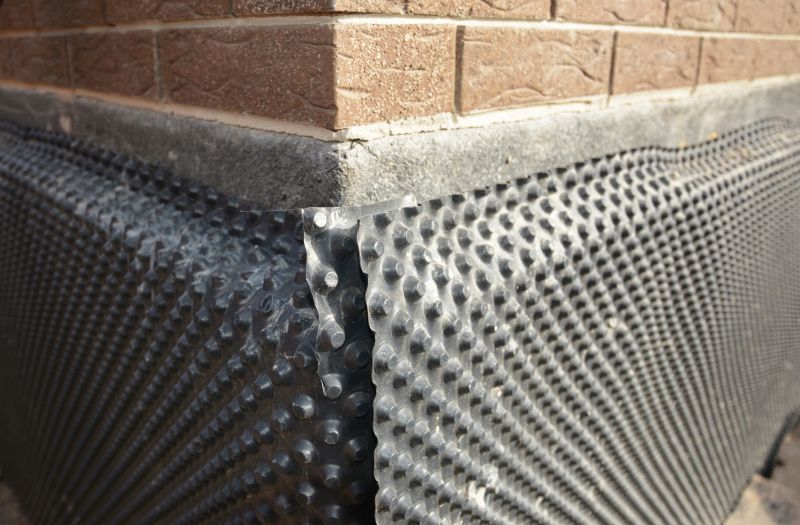
High-end options that actually feel worth it for Waterproofings.
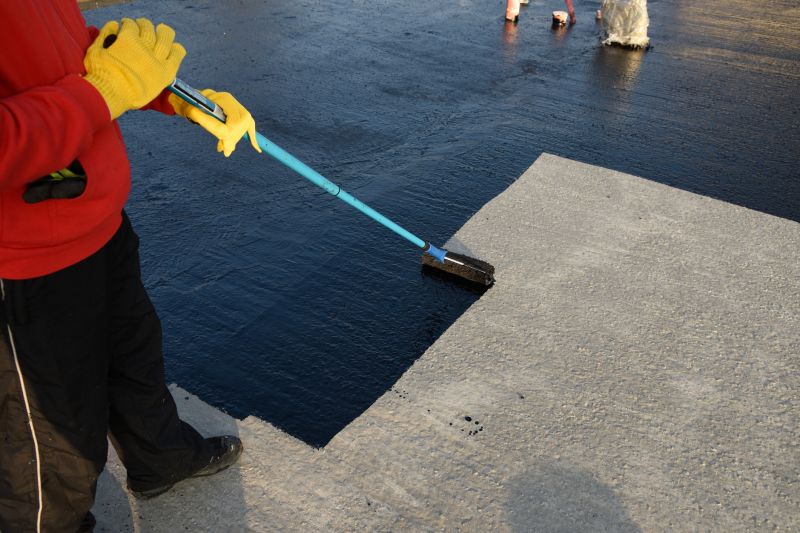
Finishes and colors that play nicely with Waterproofings.
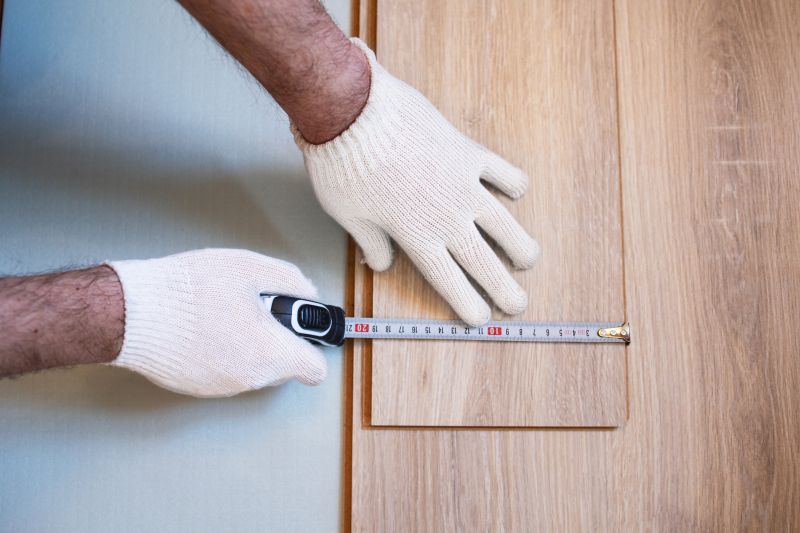
Little measurements that prevent headaches on Waterproofings day.
| Season | Optimal Conditions |
|---|---|
| Spring | Moderate temperatures, low humidity, less rainfall |
| Summer | Warm weather, longer daylight, careful application needed |
| Fall | Cooler temperatures, lower humidity, minimal rain |
| Winter | Freezing temperatures, generally unsuitable |
Waterproofings are essential for protecting structures from water damage, which can lead to mold, structural deterioration, and interior damage. Proper waterproofing techniques involve selecting the right materials and applying them under suitable weather conditions to ensure durability and effectiveness. Advances in waterproofing technology have introduced materials that can withstand various environmental conditions, but timing remains a critical factor for optimal results.
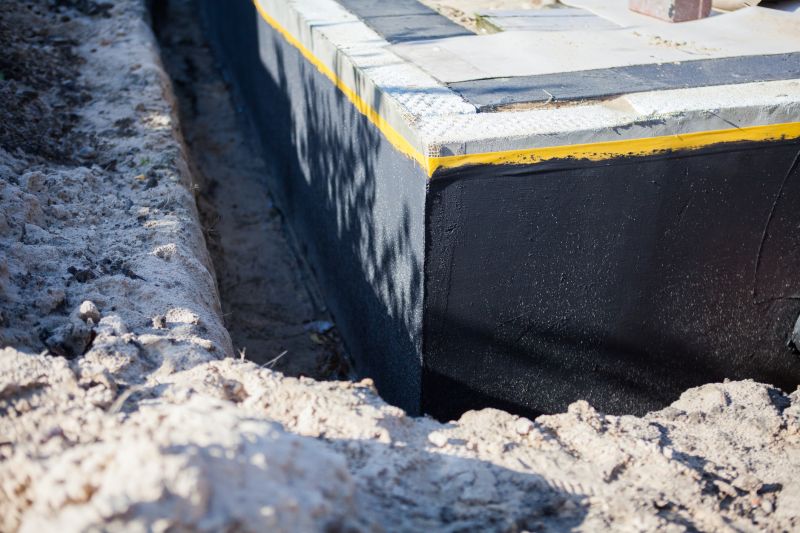
Proper application techniques are vital for long-lasting waterproofing.
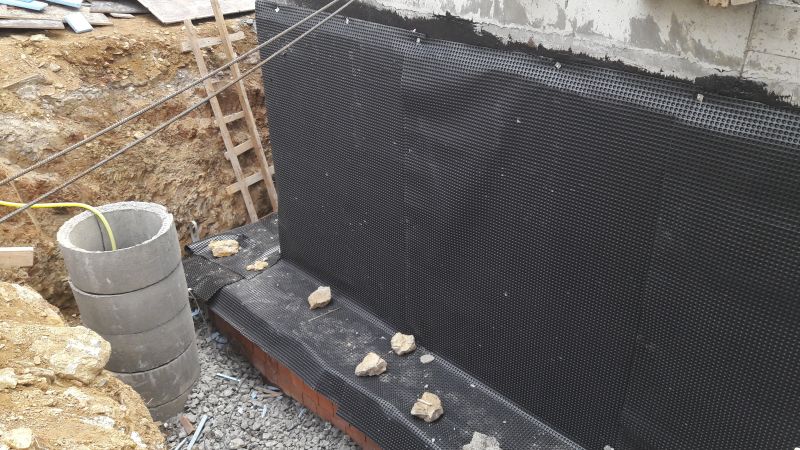
Different materials are suited for various environmental conditions.
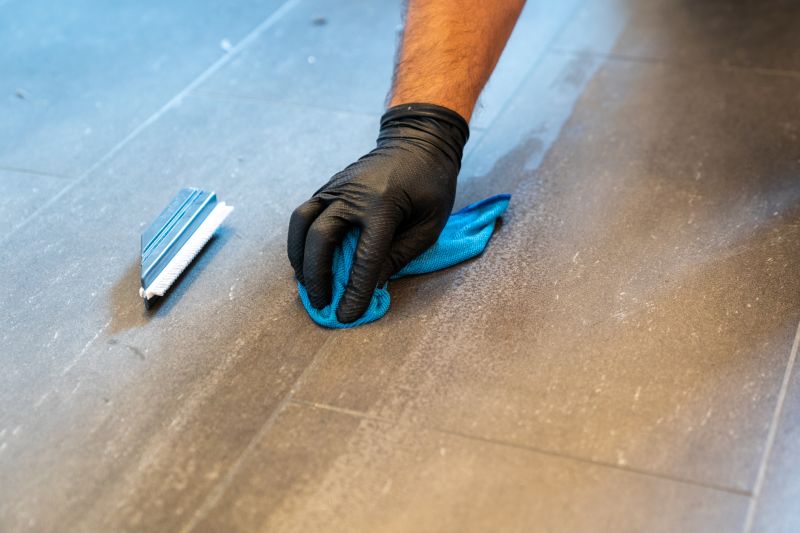
Correct curing ensures the waterproofing layer's integrity.
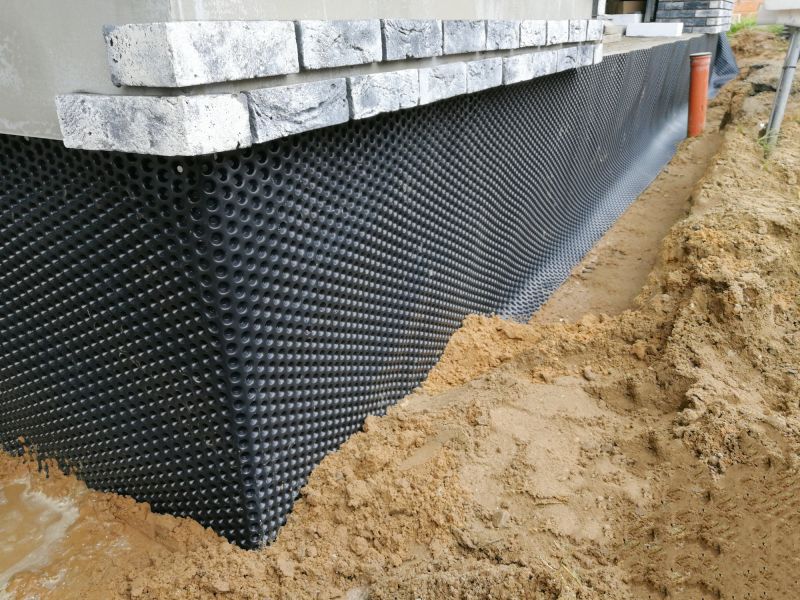
Additional protective layers enhance waterproofing durability.
Interested parties are encouraged to contact for further information on waterproofing options and scheduling. Proper timing and application methods can significantly improve the performance and lifespan of waterproofing systems, safeguarding structures against water-related damages.




